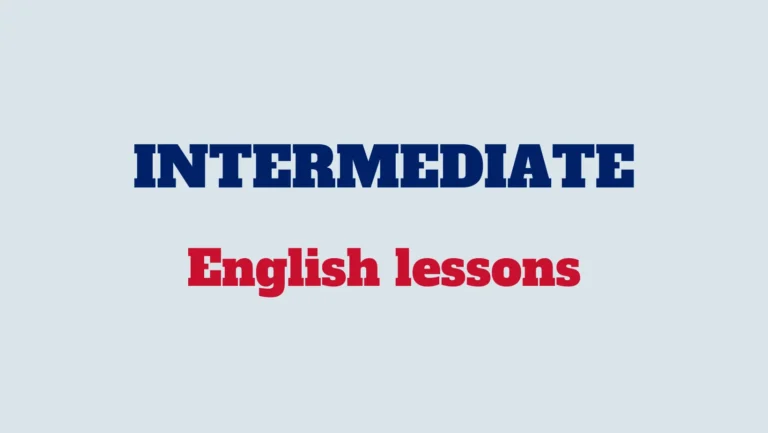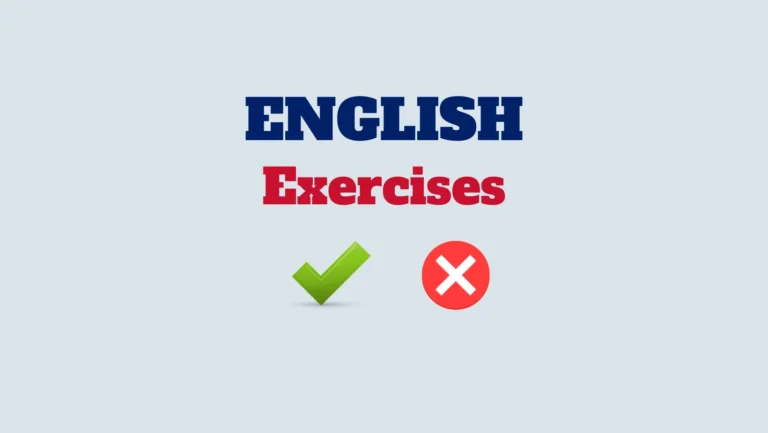The words “gibe” and “jibe” sound similar but have distinct meanings and uses. Misusing these terms can lead to confusion in both written and spoken communication. “Gibe” refers to mocking or making fun of someone, while “jibe” relates to agreeing with or aligning with something. Understanding these differences will help you use these words accurately and effectively in various contexts.
Gibe
Definition:
“Gibe” is a verb that means to jeer, mock, or make derogatory remarks about someone or something. It involves a form of teasing that can be critical or sarcastic.
Examples of use:
Eric sometimes gibes him about his unfortunate four-putt green.
This example illustrates how gibes can be used in friendly banter but can also potentially hurt feelings if not taken in the right spirit.
In Charles Dickens’ novel, the character’s gibes towards his rival reveal his deep-seated resentment.
This demonstrates how gibes can reflect underlying tensions or conflicts between characters.
The comedian’s routine was filled with good-natured gibes at popular culture.
Here, gibes are used humorously to entertain and engage the audience, often highlighting cultural quirks or absurdities.
Note: When using “gibe,” it’s important to consider the context and the potential impact on the recipient. While gibes can be playful and humorous, they can also be hurtful if not delivered thoughtfully.
Jibe
Definition:
“Jibe” is used both as a verb and a noun. As a verb, it means to agree or be in harmony with something. It can also refer to making a mocking or sarcastic remark, but this usage is less common. As a noun, it often refers to a comment that aligns or is in agreement with something.
Examples of use:
Her independent audit jibes well with our accounting numbers.
This sentence shows how “jibe” is used in a professional context to indicate that different pieces of information or reports are in agreement with each other.
The two reports jibe perfectly, confirming the accuracy of the data.
This usage of “jibe” highlights how it can be used to describe the consistency or alignment between different sources of information.
Their views on the new project jibe, making collaboration straightforward.
This example demonstrates how “jibe” can describe agreement or alignment among team members, facilitating smoother interactions and decision-making.
Understanding the difference between “gibe” and “jibe” is essential for clear and precise communication. “Gibe” involves making mocking or derogatory remarks, while “jibe” refers to agreeing with or aligning with something. By correctly using these terms, you can convey your intended meaning more effectively and avoid potential misunderstandings.



